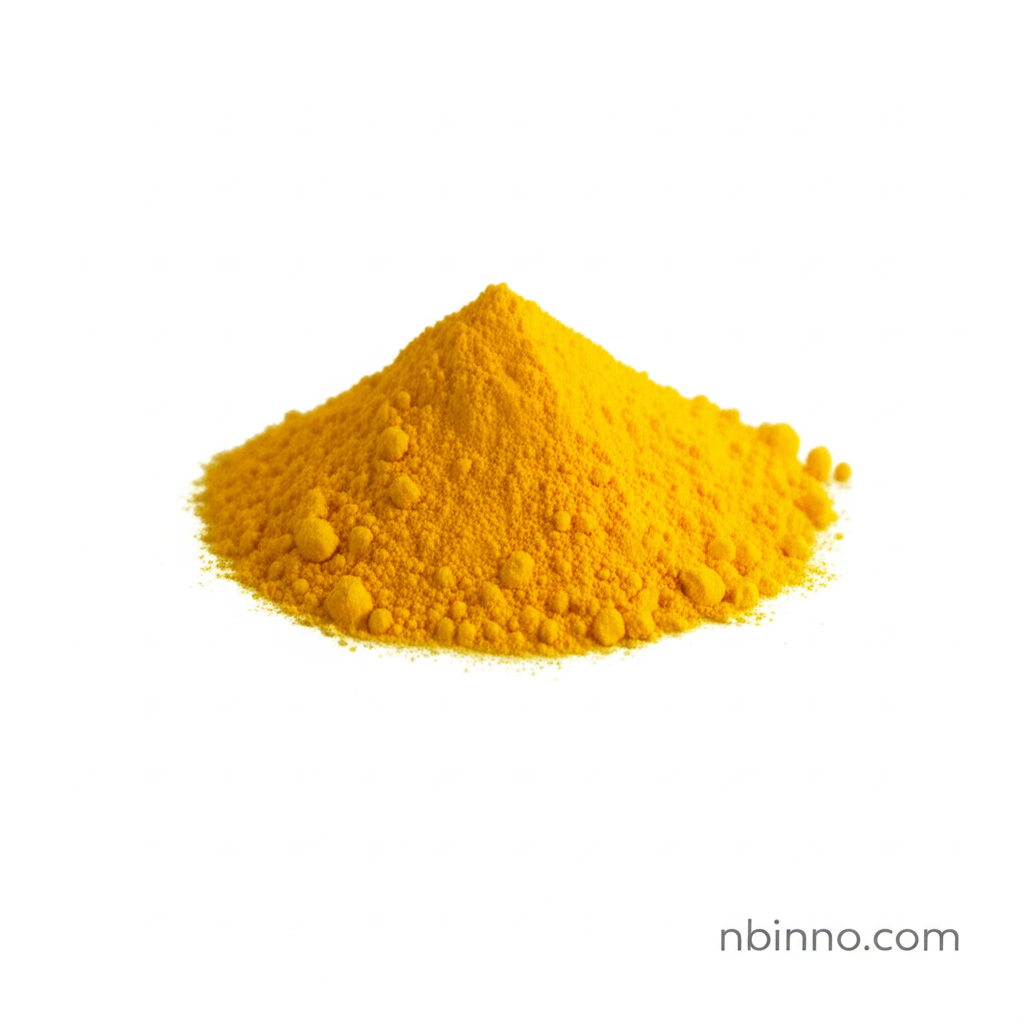Palladium(II) Acetate: A Versatile Catalyst in Organic Synthesis and Material Science
Unlocking efficient chemical transformations with a high-purity palladium catalyst for diverse industrial applications.
Get a Quote & SampleProduct Core Value

Palladium(II) Acetate
Palladium(II) acetate is a highly valued compound renowned for its exceptional catalytic properties, making it indispensable in modern organic synthesis. Its primary utility lies in catalyzing a wide array of cross-coupling reactions, including Heck, Suzuki, Stille, and Buchwald-Hartwig amination. These reactions are critical for the formation of carbon-carbon and carbon-heteroatom bonds, which are foundational in creating complex organic molecules. The compound's ability to activate C-H bonds and facilitate olefin functionalization further extends its synthetic utility. With a typical purity of 98% or higher, it ensures reliable performance in demanding chemical processes.
- Discover the power of palladium(ii) acetate in organic synthesis for efficient C-C bond formation.
- Explore the catalytic activity of palladium acetate in key reactions like Heck and Suzuki couplings.
- Leverage the high purity of Palladium(II) acetate for reliable results in your chemical research.
- Understand the palladium acetate chemical properties that make it a preferred choice for advanced material synthesis.
Key Advantages Provided
Exceptional Catalytic Efficiency
As a highly active palladium(ii) acetate catalyst, it significantly accelerates organic synthesis, especially in critical cross-coupling reactions, leading to higher yields and purities.
Broad Reaction Scope
The compound’s versatility extends to various transformations including C-H bond activation and olefin functionalization, making it a go-to reagent for complex molecular construction.
High Purity and Reliability
With a minimum purity of 98%, utilizing palladium acetate for reliable results ensures consistency and accuracy in both academic research and industrial production.
Key Applications
Catalysis
Palladium(II) acetate is widely recognized for its role as a catalyst in various organic reactions, particularly in facilitating Heck reaction and other palladium-catalyzed transformations.
Organic Synthesis
It is a crucial component in Suzuki coupling and other C-C bond-forming reactions, essential for synthesizing pharmaceuticals and agrochemicals.
Pharmaceutical Intermediates
Its application in creating complex molecular structures makes it vital for the development and production of advanced pharmaceutical intermediates.
Material Science
The compound serves as a precursor for synthesizing advanced materials, contributing to innovations in electronics and nanotechnology.
